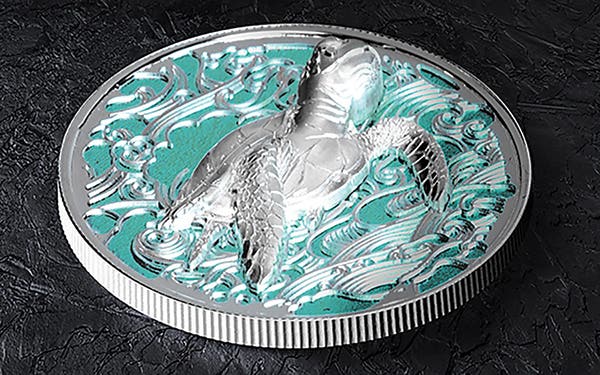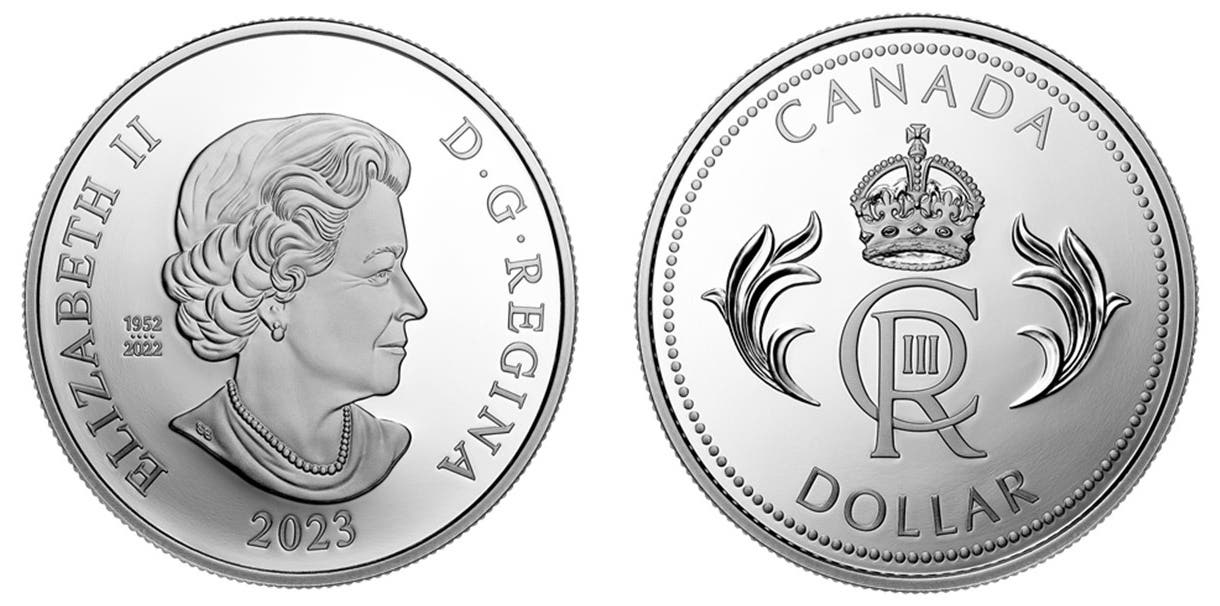Curcaçao and Sint Maarten Consider Change
Will the Caribbean guilder replace the Netherlands Antillean guilder by 2025 is the question being pondered by the Centrale Bank van Curacao en Sint Maarten or Central Bank of Curaçao…
Will the Caribbean guilder replace the Netherlands Antillean guilder by 2025 is the question being pondered by the Centrale Bank van Curacao en Sint Maarten or Central Bank of Curaçao and Sint Maarten.
The switch in guilder currency is one of six goals involved in the CBCS Strategic Plan 2025. Specific details of the Strategic Plan were not available publicly at the time this article was being written, however according to the CBCS website, “Technological advances, climate change and developments triggered by the global COVID-19 pandemic and its impact on the economy and the financial sector are prompting changes in the scope and complexity of central bank operations and generating new risks that still need to be identified. As a result, these banks face fundamental shifts and are being challenged to adapt in order to cope with these new realities.”
The website further explains, “The CBCS 2025 Strategic Plan is the result of extensive analysis. It was preceded by an in-depth survey among various of its external stakeholders in late 2020. The CBCS’s organization at large was actively involved in the plan’s formulation through a consultative and participatory approach.”
The plan to change one guilder for another has been under consideration since 2010. No action has yet been taken due to a discussion about possibly introducing the dollar or the euro to the two islands. Former Netherlands Antilles entities Bonaire, Sint Eustatius, and Saba have each dollarized, adopting the U.S. dollar as their official currency. Aruba, another former part of the Netherlands Antilles, issues the Aruba florin when it left the Netherlands Antilles in 1986. The Caribbean guilder and the Netherlands Antillean guilder are each legally pegged to the U.S. dollar at a rate of 1.79.
Curaçao and Sint Maarten became “landen” or constituent countries within the Netherlands in 2010, following the dissolution of the Netherlands Antilles. Antillean guilder bank notes and coins ceased being produced in 2018, awaiting the change in currencies. Due to this decision made by the central bank it is anticipated the islands could run out of physical coins and bank notes within a few years. If this proves to be true an alternative currency such as the dollar or euro may need to function as a parallel currency.
The Antillean guilder circulates in 1, 5, 10, 25, and 50 cents, and 1, 2 1/2-, and 5-guilder coinage denominations. Bank notes circulate in denominations of 10, 25, 50, and 100 guilders. Regional birds are the dominant vignette on the bank notes.
The Netherlands Antillean guilder has continued to circulate since the dissolution of the Netherlands Antilles. Another possible currency proposal floated is involves Curaçao and Sint Maarten issuing a Caribbean guilder pegged to the U.S. dollar. This proposal has been delayed due to negotiations over a new central bank.
It has been proposed the 2 1/2 -guilder coin and the 25-guilder bank note denominations circulating from the Netherlands Antillean guilder series will not be re-issued, while bank notes in denominations of 20 and 200 guilder will be added to what will be issued for circulation.
The Central Bank of Curaçao and Sint Maarten is the successor of the Bank of the Netherlands Antilles. The central bank is chaired by a chairperson chosen by both islands’ prime ministers. A supervisory board of directors are also appointed.
Following the dissolution of the Netherlands Antilles, Bonaire, Sint Eustatius, and Saba became special municipalities similar to other municipalities within the European part of the Kingdom of the Netherlands. Curaçao and Sint Maarten chose an option through which the islands gained greater self governance. Along with the Netherlands and Aruba, the islands comprise the four autonomous countries within the Kingdom of the Netherlands.








